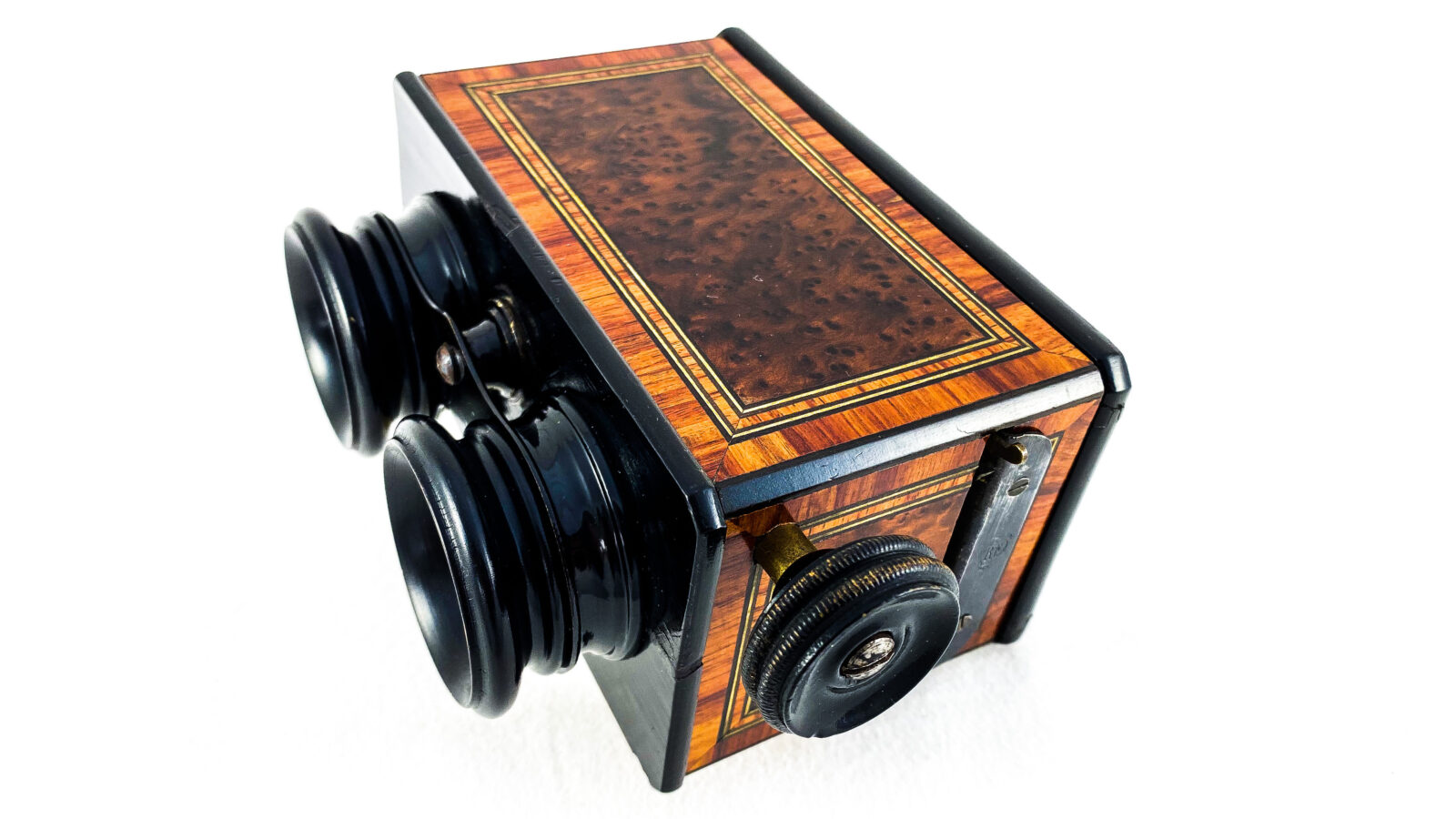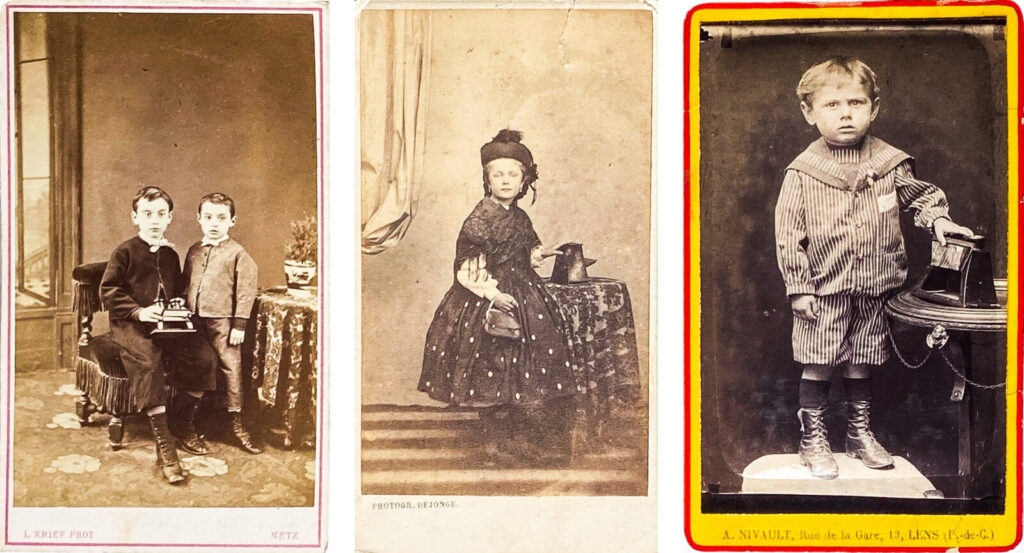All of you encounter the conditions of stereoscopy regularly when you are in a vehicle and look sideways at the passing landscape. Do you recall that the far away mountains seem to stand still and trees and houses in front of them move slowly while the road signs rush past? We can easily conclude that the distance of an object is responsible how fast it moves through our field of view while we move past it.
Because we have two eyes our binocular vision always consists of two points of view — slightly offset. You can also see objects “moving” if you look at first with the left and then with the right eye while you close the other, but you might hardly notice.
Our brain always combines our binocular vision into one three-dimensional, stereoscopic image — with an inner sense of depth called stereopsis. It is impossible to literally show this with a three dimensional image on here, because a screen can be nothing but flat. All happens inside your head at the neural level and your brain absolutely needs two individual images. But the process of stereopsis can be enhanced by stereoscopy.
Stereoscopy means the technique to cause stereopsis using two flat images.
Near Frankfurt central station, Germany 2019.
Look at the different position of the buildings and the catenary masts in each photo.
Richard stereoscope, France c. 1910.
Stereo viewers can be helpful for a proper perception of the two images to ensure stereopsis. Author’s collection.
If you want to know how you can view stereoscopic images without a viewer, have a look at this tutorial in our Getting started section..
As illustrated in the train image above, stereoscopy starts with two suitable images. Everyone who wants to take his own stereo photographs, must pay attention to a number of requirements that depend not only on the captured scenery but also on the purpose. This means that a stereophoto from Instagram may look amazing on your smartphone, but will overtax your eyes if projected on a cinema screen. On the other hand there are also quite a lot possibilities for transforming the rules to create artistic effects with depth. Read more about that in the section Stereo photography.
Finally, you might want to spend a little time reading the brief history of stereoscopy on the 3D Alps website to learn more about the development and different applications of stereoscopy and it’s impact through all ages.
Children portrayed with a Brewster type stereoscope — surely their most favorite gadget, England and France c. 1890. Author’s collection.




